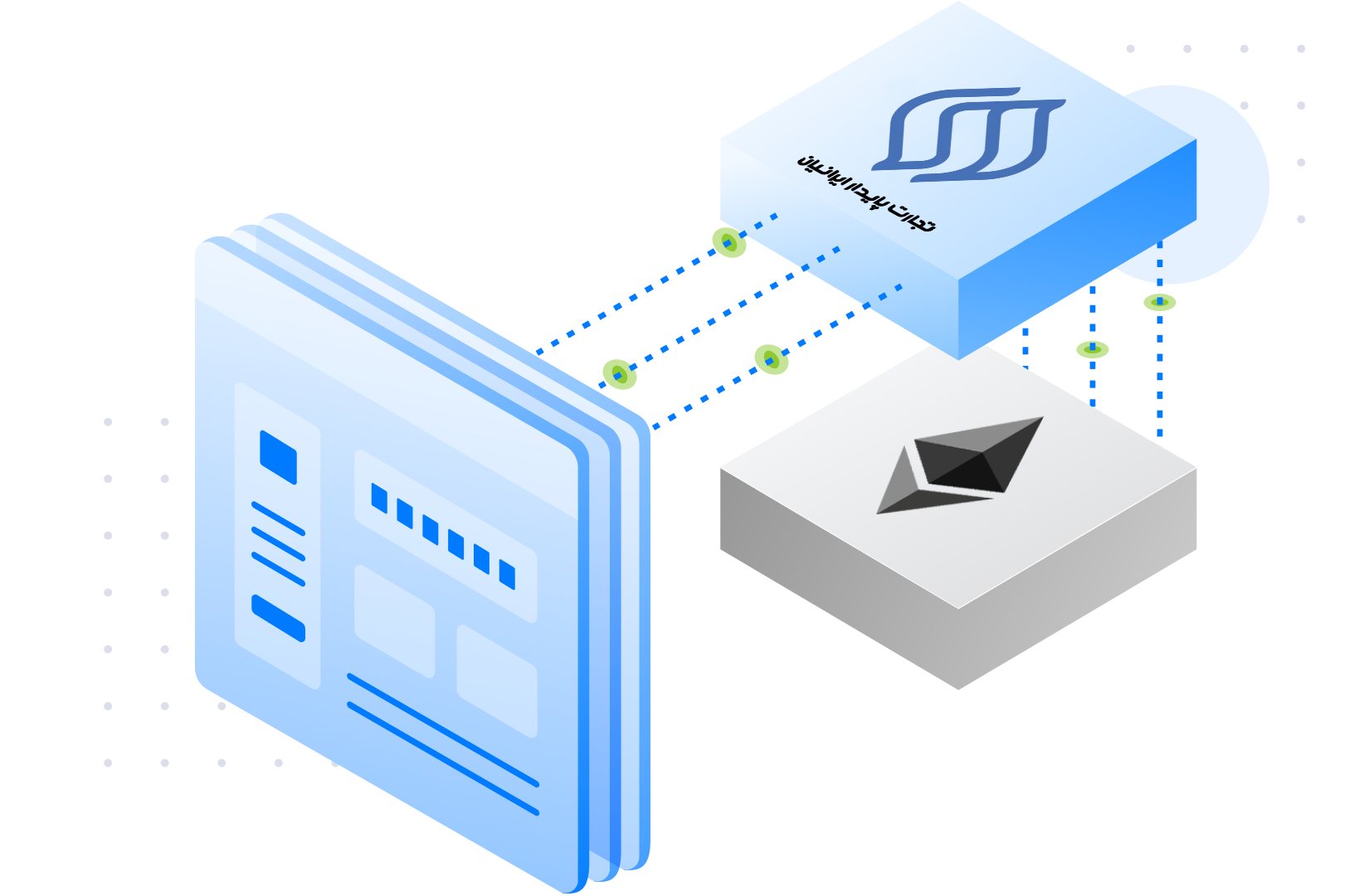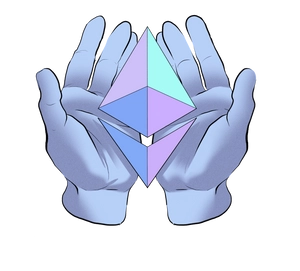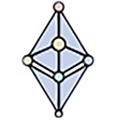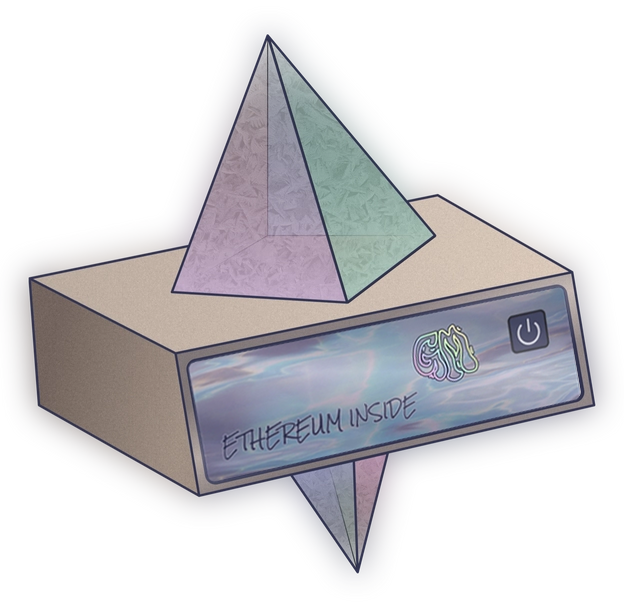What does “running a node” mean?
Run the software.
This software, known as a “client,” downloads a copy of the Ethereum blockchain and verifies the validity of each block, then keeps it up to date with new blocks and transactions and helps others download and update their versions.
With hardware
Ethereum is designed to run a node on average consumer-grade computers. You can use any PC, but most users prefer to run their node on dedicated hardware to eliminate the performance impact on their device and minimize node downtime.
While online
Running an Ethereum node may seem complicated at first, but it’s simply a matter of constantly running client software on your computer while connected to the internet. In offline mode, your node will simply be inactive until it comes back online and receives the latest changes.

Requirements for setting up an Ethereum node server
1 TB SSD storage
+4 processing cores
+16GB RAM
25 Mbps bandwidth

Who should run a node?
Anyone! Nodes aren’t just for miners and validators. Anyone can run a node—you don’t even need ETH.
You don’t need to stake ETH or be a miner to run a node. In fact, it’s every other node on Ethereum that holds miners and validators accountable.
You may not receive the financial rewards that validators and miners earn, but there are many other benefits to running a node for every Ethereum user to consider, including privacy, security, reduced reliance on third-party servers, censorship resistance, and improved health and decentralization of the network.
Having a dedicated node means you don’t need to rely on third-party information about the state of the network.
Don’t trust, verify.
Why run a node?

Privacy and Security
Avoid exposing your personal information to third-party nodes.
Centralized cloud servers can provide a lot of computing power, but they also provide a target for governments or attackers looking to disrupt the network. Network resilience is achieved with more nodes, in diverse geographic locations, run by more people with different backgrounds. As more people run their own nodes, the reliance on centralized points of failure is reduced, making the network more robust.

Censorship Resistance
Ensure access when needed and avoid censorship.
A third-party node can choose to refuse transactions from specific IP addresses or transactions involving specific accounts, potentially preventing you from using the network when you need it. Having a dedicated node to send transactions ensures that you can broadcast your transaction to the rest of the peer-to-peer network at any time.
Network resilience is achieved with more nodes, in diverse geographic locations, operated by more people with different backgrounds. As more people run their own nodes, the reliance on centralized points of failure is reduced, making the network more robust.

Participate
The decentralization revolution starts with you.
By running a node, you become part of a global movement to decentralize control and power over the world of information. If you own one, contribute your ETH value by supporting the health and decentralization of the network and ensure you have a say in its future.
Network resilience is achieved with more nodes, in diverse geographic locations, run by more people with different backgrounds. As more people run their own nodes, the reliance on centralized points of failure is reduced, making the network stronger.

Decentralization
Resist the amplification of centralized points of failure.
Centralized cloud servers can provide a lot of computing power, but they also provide a target for governments or attackers looking to disrupt the network. Network resilience is achieved with more nodes, in diverse geographic locations, run by more people with different backgrounds. As more people run their own nodes, the reliance on centralized points of failure decreases, making the network more robust.

Make your choice
Don’t lose control if you deviate.
In the event of a chain fork, where two chains emerge with two different rulesets, running your own node guarantees you the ability to choose which ruleset you support. It’s up to you to upgrade to the new ruleset and support the proposed changes. If you’re risking ETH, running your own node allows you to choose your client, minimizing your risk and responding to fluctuating network demands over time. Betting with a third party takes away your vote on which client you think is the best choice.
Sovereignty
Think of running a node as the next step beyond having your own Ethereum wallet.
An Ethereum wallet allows you to have full control over your digital assets by holding the private keys to your addresses, but these keys don’t tell you the current state of the blockchain, such as your wallet balance. By default, Ethereum wallets connect to third-party nodes like Infura or Alchemy to receive your balance. Running your own node allows you to have your own copy of the Ethereum blockchain.
Contact us for more information
The Tepa support team is ready to answer your questions.










